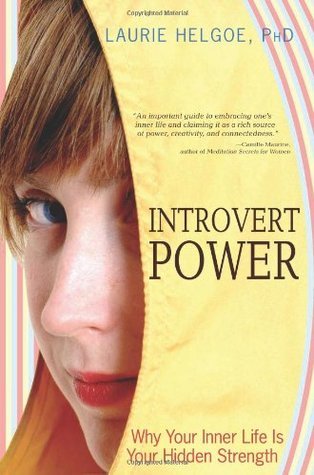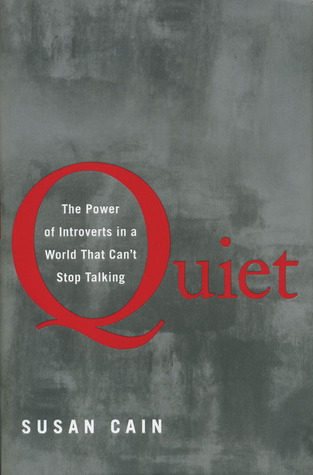
Introvert Power: Why Your Inner Life Is Your Hidden Strength
Book Description
Beneath the surface of silence lies a potent strength waiting to be unleashed. In "Introvert Power," Laurie A. Helgoe illuminates the hidden advantages of the introverted mind, revealing how quiet reflection fuels creativity, compassion, and clarity in a noise-driven world. With every page, discover how embracing solitude transforms into a superpower, forging connections that resonate deeply and authentically. This is not just a manifesto for introverts but a revolutionary call to recognize the richness of an inner life often overlooked. What if the true power of our society lies in the voices that choose to listen?
Quick Book Summary
“Introvert Power” by Laurie A. Helgoe is a transformative exploration of introversion and its misunderstood strengths. Helgoe challenges cultural norms that prize extroversion and instead celebrates the rich, vibrant inner world of introverts. Through personal anecdotes, psychological research, and actionable strategies, the book demonstrates how introverts can harness solitude for creativity, self-awareness, and authentic relationships. Helgoe encourages introverts to value their reflective nature, set healthy boundaries, and engage with the world on their own terms. By shifting the narrative from ‘fixing’ introversion to empowering it, the book serves as both a guide and a celebration—helping readers understand that their quiet nature is a potent source of strength, empathy, and purpose in a noisy world.
Summary of Key Ideas
Table of Contents
Challenging the Extrovert Ideal
Laurie A. Helgoe begins by challenging the pervasive cultural bias toward extroversion. She reveals how societal expectations often undervalue the quiet, introspective qualities that introverts possess. Drawing from psychological studies and social observations, Helgoe demonstrates that introversion is not a flaw but a different, equally valuable way of engaging with the world. This section encourages readers to embrace their natural tendencies rather than conform to norms designed for extroverts.
Harnessing the Inner Life for Creativity and Clarity
One of the book’s central themes is the potency of the inner life. Helgoe explains that introverts thrive on reflection and depth, often generating innovative ideas and solutions by turning inward. She discusses how time spent alone fuels creativity, insight, and problem-solving, offering a scientific basis for why solitude can be productive rather than isolating. These insights empower readers to see their internal world as a source of strength and originality.
Setting Healthy Boundaries and Self-Care
Helgoe places significant emphasis on the necessity of boundaries and self-care. She provides practical strategies for introverts to protect their energy, especially in environments that demand constant social interaction. Techniques like scheduling regular downtime, creating quiet workspaces, and learning to say no are discussed as important tools of self-preservation. This helps introverts develop resilience and maintain well-being without feeling guilty about their needs.
Authentic Relationships and Deep Connections
Addressing relationships, Helgoe shows how introverts excel at building deep, meaningful connections. Rather than focusing on quantity of interactions, introverts value quality and emotional resonance. The author highlights listening, empathy, and authenticity as core strengths. By framing introversion as advantageous for personal and professional connections, this section encourages introverts to approach relationships with confidence and intention.
Embracing Solitude as Empowerment
Throughout the book, Helgoe reframes solitude not as social withdrawal, but as empowerment. She suggests that time alone is essential for introverts to recharge and gather emotional resources. By embracing solitude, introverts cultivate self-knowledge, balanced living, and a greater sense of authenticity. Helgoe’s message is ultimately one of validation: introverts do not need to change who they are, but instead, they should celebrate and leverage their unique gifts to thrive in a world that often overlooks the power of quiet.
Download This Summary
Get a free PDF of this summary instantly — no email required.





